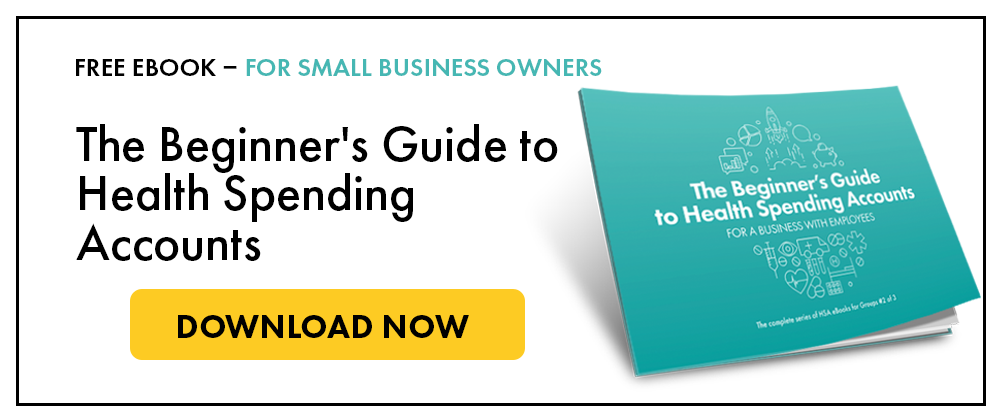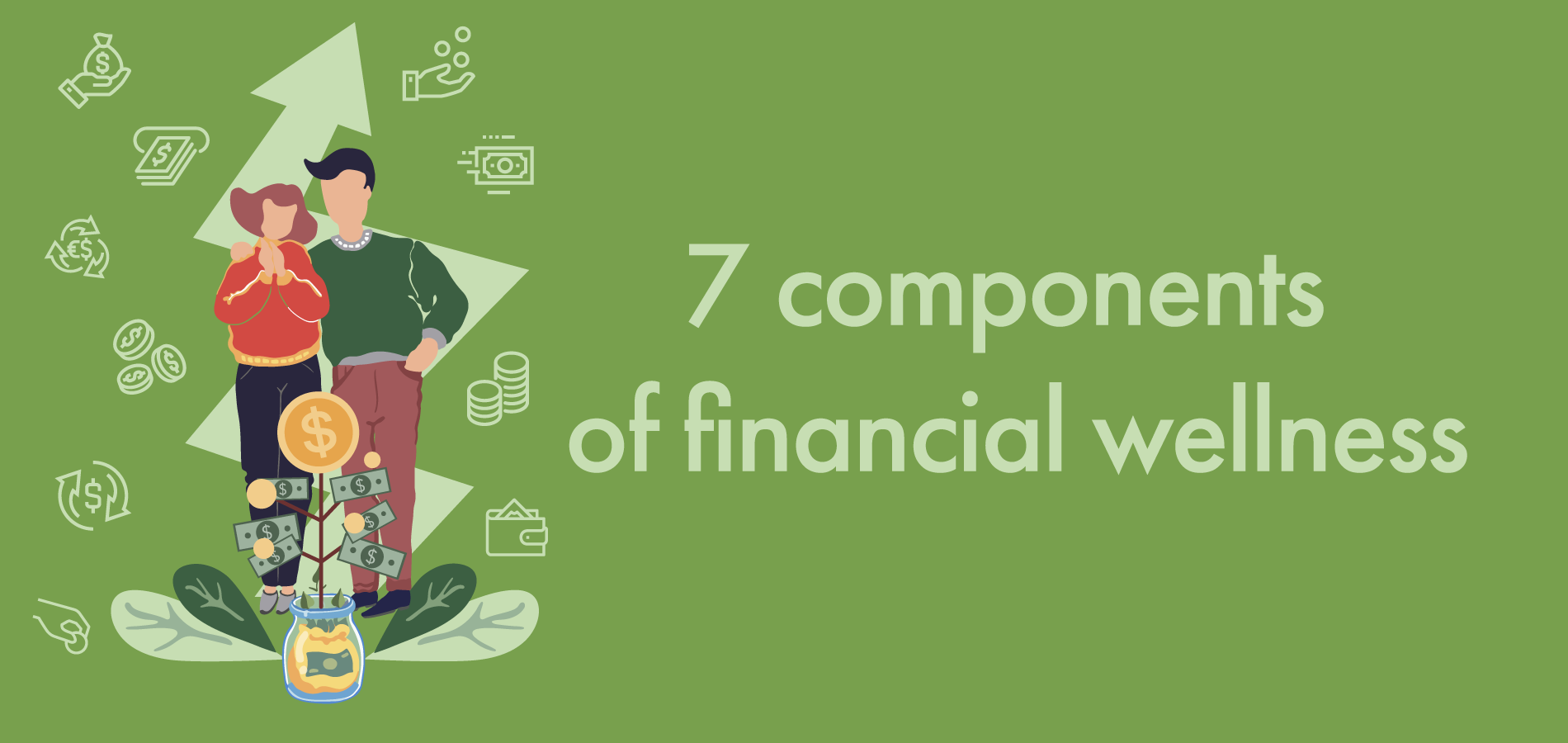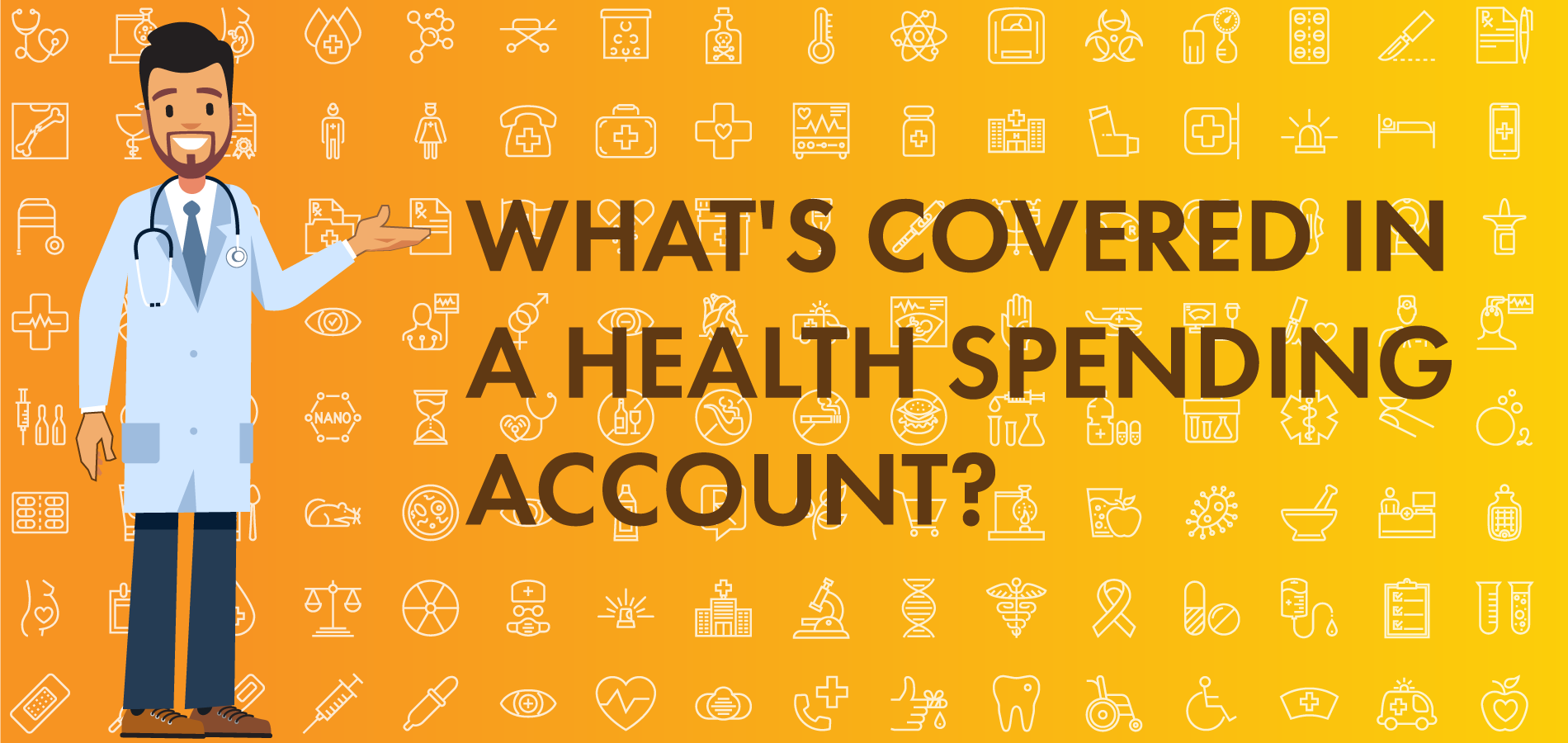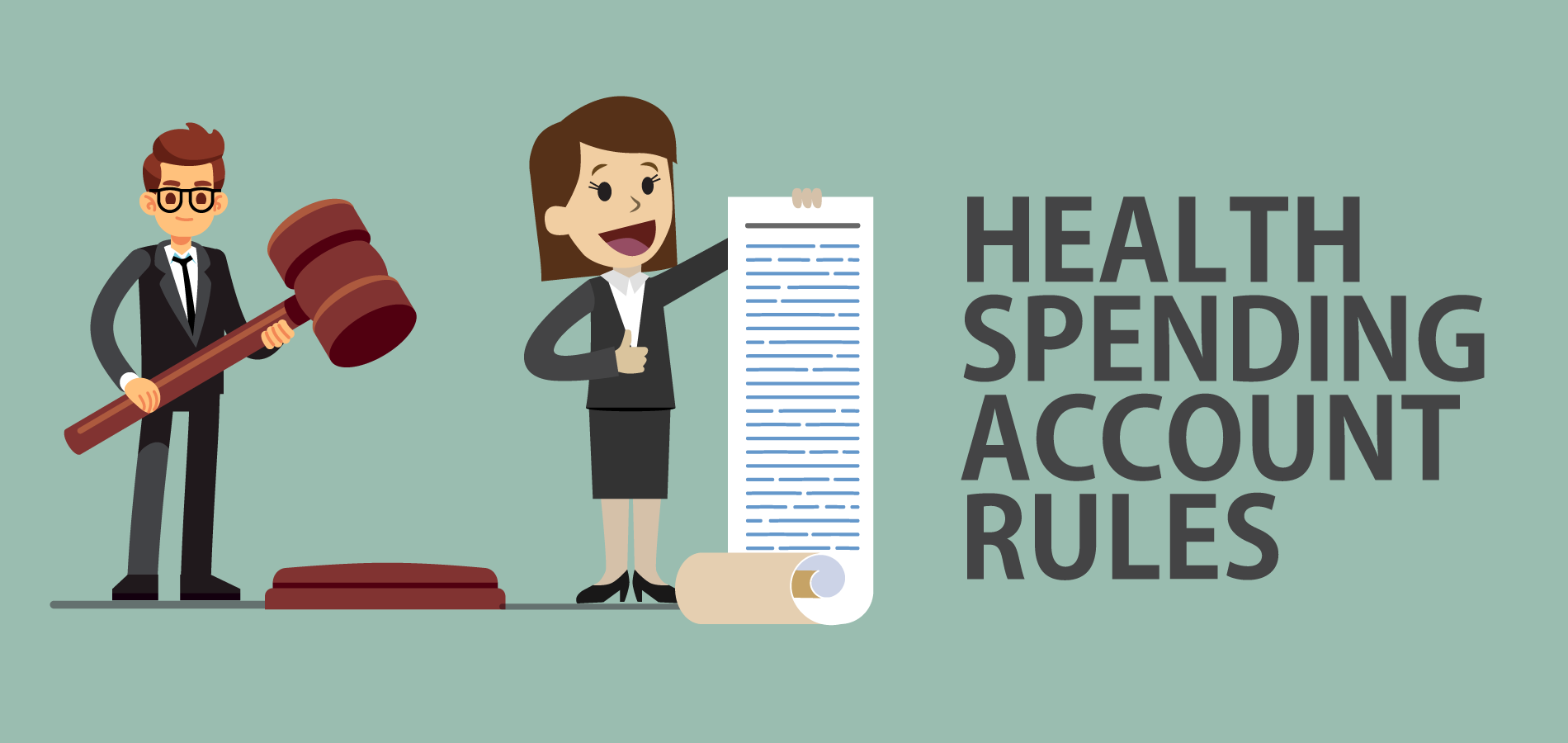Physical and emotional wellness receive a lot of attention in the news, media, and in blogs. Financial wellness, not so much.
That’s unfortunate because your financial well being is just as important. Moreover, sound financial habits reduce stress, which supports your mental health. An FP Canada survey found that 38 percent of Canadians said that money is the leading cause of anxiety in their lives. It doesn’t have to be this way. With a bit of work, you can ease your financial worries.
What does financial wellness mean?
Financial wellness is feeling secure about your financial future. It doesn’t necessarily mean that you have millions in the bank – rather that you are able to meet your financial needs and have a plan to build your savings.
Financial literacy is a good place to start. Most people know that the interest rates charged on credit card balances are insanely high; it’s important to pay them off every month, even if it means dipping into a homeowner line of credit. Other financial wellness tools are less well-known and we’ll discuss many of them in this post.
Why is financial wellness important?
In addition, it’s essential to apply your financial knowledge to manage your money effectively. Financial literacy is worthless if you reach for your credit card every time you feel the need for some retail therapy.
Here are 7 financial wellness tips that can have a big impact on your financial future:
1. Savings Plan
Everyone should have savings. The simplest way to embark on a savings plan is to have your contributions automatically deducted by your payroll service. In that way, you won’t even miss them.
Be sure to max out on your TFSA (Tax Free Savings Account). The limit is $6,000 per year. In addition, if you have missed contributing in past years, your unused room continues to accumulate. Your spouse is also eligible to contribute the same amount. While there is no tax deduction for TFSA contributions, you don’t have to pay tax on the investment gains in the account. Over the years, that can add up to a bundle.
2. Emergency Fund
Nothing is more stressful and threatening to financial wellness than a surprise bill. Perhaps your roof has sprung a leak and you must spend several thousand dollars replacing it. Or your washer and dryer stop working. And let’s hope that two of these emergencies don’t happen in the same year.
Some experts recommend that the emergency fund be sufficient to cover three to six months of living expenses, including mortgage payments, utility bills and groceries. The emergency fund should be held in a savings account or at least an investment vehicle that can be liquidated quickly.
That can mean a lot of cash just sitting there. Another option is to maintain a modest emergency fund and have TFSA investments that can be cashed in if needed. This allows you to at least generate some interest or dividends from your savings.
3. Education Plan
Post-secondary education is expensive in Canada. Over the years, provincial governments have reduced their share of the cost, and the burden has shifted to students through higher tuition fees.
It’s estimated that post-secondary studies cost more than $20,000 per year, including tuition, books, residence and living expenses.
Fortunately, the government is helping. When you open a Registered Education Savings Plan, Ottawa will supplement your contribution by 20 percent to a maximum of $500 per year. In order to get the $500 grant, you need to contribute $2,500 per year. The grant is available for each child.
Of course, $2,500 per year in savings may not be sufficient to get your kids through school. Again, you need to plan to ensure that there will be enough money.
Having an education fund contributes to your children’s financial wellness and reduces their stress. You want them to be able to focus on their studies in college or university, not worry about how they will pay off student loans once they graduate.
4. Retirement Plan
Planning for your financial future once you stop working is vital.
When you are just embarking on your career, it’s useful to put even a small amount into your Retirement Savings Plan. Yes, you will have mortgage costs, childcare fees and other expenses, but try to put aside even a few hundred dollars per month. Over time, this will accumulate and continue to grow.
Every contribution you make to your RSP entitles you to a tax deduction. Generally, your RSP limit is 18 percent of the previous year’s earned income. If you are already contributing the maximum, that’s great. However, you may need additional savings vehicles in order to reach your retirement target.
Once you reach your 40s or 50s, it’s time to develop a detailed financial plan. You may wish to work with a fee-only financial planner to establish how much money you will need for a comfortable retirement. In addition to basic living expenses, this could include funds for hobbies, activities and travel. Once you have set your annual retirement income goal, your financial planner can help determine how much savings you will need to put aside each month.
Well-planned finances are key to a happy and healthy retirement. No one wants to spend their golden years worrying about whether they have enough money.
5. Budgeting
This one is the toughest. We all have our financial habits and it’s too easy to reach into your wallet and tap the credit card. At the end of the month, we’re surprised by a big credit card bill.
The first step in budgeting is tracking your spending. Fortunately, there are a number of software programs that will scan your receipts, categorize your spending and add it up at the end of the month.
Once you know where your money is going, you can determine if there are items that could be eliminated. This will allow you to establish your monthly budget.
As each month progresses, you can monitor your bills. If your budget limit is approaching, you can trim your expenses as required to meet your target.
6. Tax Planning
If you’re in a high tax bracket, you’ll want to do everything you can to minimize your tax load. Marginal tax rates in Canada can be 50 percent or higher. There are a number of steps you can take to ease your burden, especially if your spouse has a lower income than you. Some of these include:
- Income splitting with family members
- Open a TFSA for your spouse
- Establish a spousal RSP
Since tax planning can be complicated, it may be advisable to consult your financial advisor or tax accountant for guidance.
No one likes paying taxes – so tax planning can be an important component of any financial wellness program.
7. Insurance
There are two types of insurance that are essential to protect you and ensure financial wellness:
- Life insurance: This is vital for two reasons. First, it provides tax-exempt funds to pay any taxes owing on your estate. This means that your heirs won’t have to sell assets in order to meet tax obligations. Secondly, it provides funds for your family so that they can maintain their standard of living after your death.
- Disability insurance: Statistics indicate that you are more likely to be disabled at some point in your working life than you are to die. Disability insurance provides an important financial support if you cannot earn employment income.
Are you a small business owner? Another key component of financial wellness is a Health Care Spending Account (HCSA). An HCSA is a tax deductible health and dental plan that has no premiums. The next time you pay for your personal out of pocket medical expenses, consider using a Health Spending Account to turn it into a tax free benefit.
Learn more about Health Spending Accounts (HSA)s for your business:


Related Reading:
Financial Planning 101: Tips for Small Business Owners
How to Choose a Financial Advisor in Canada
×
Download list of eligible expenses







